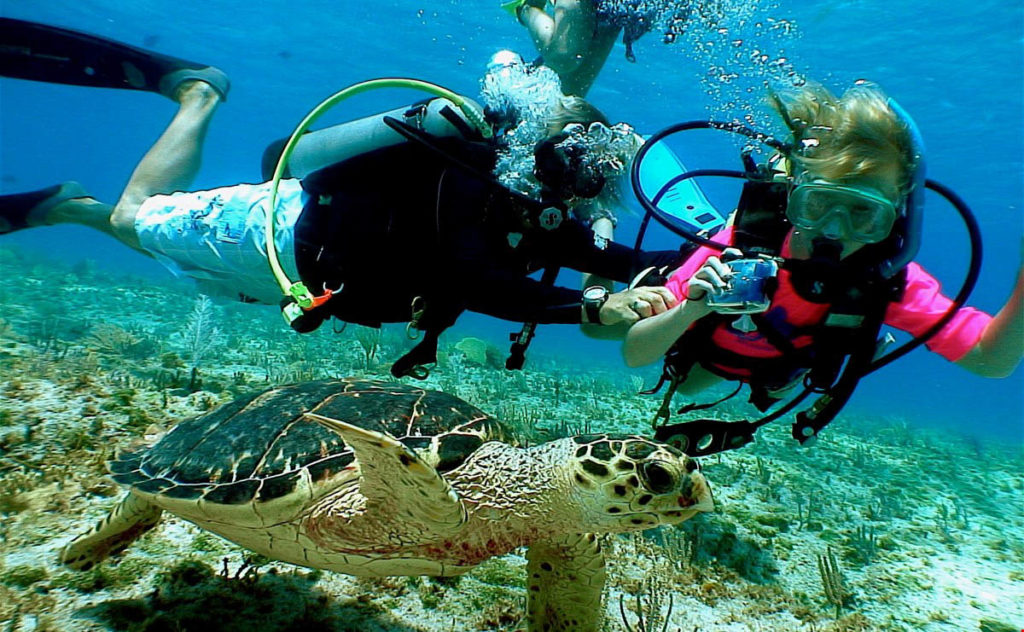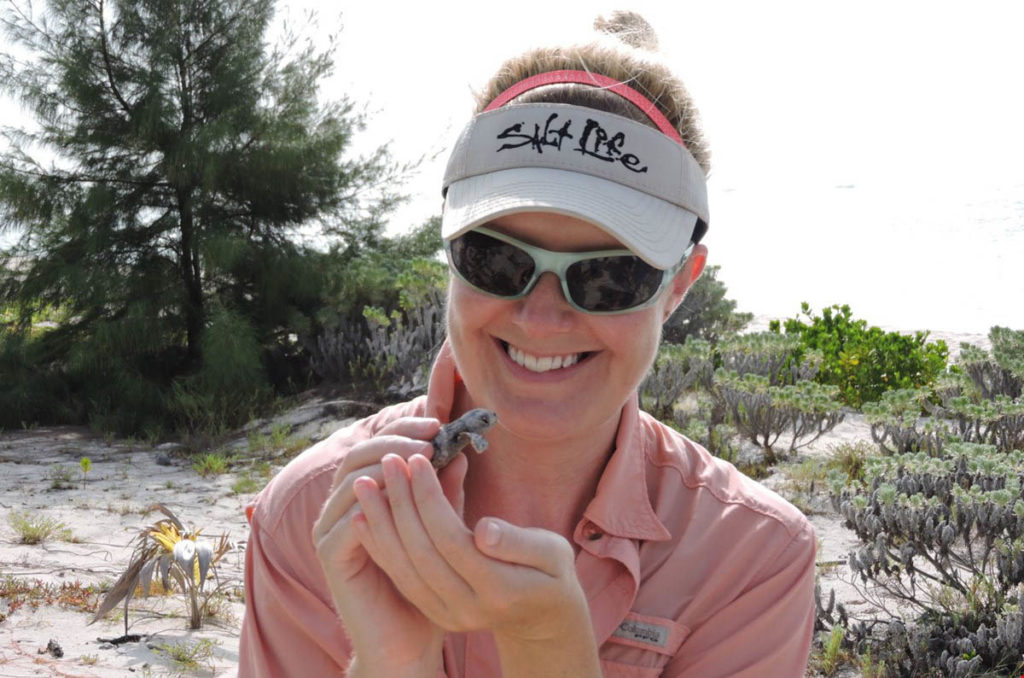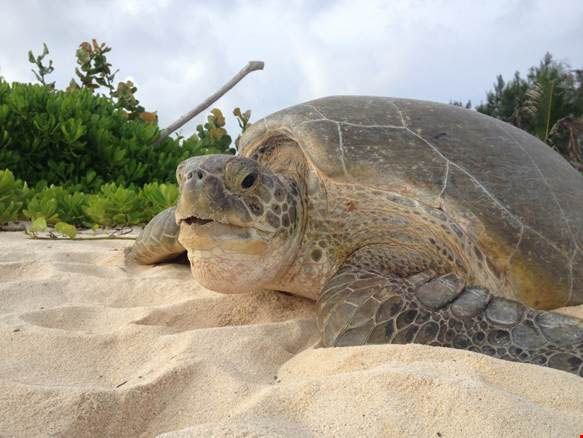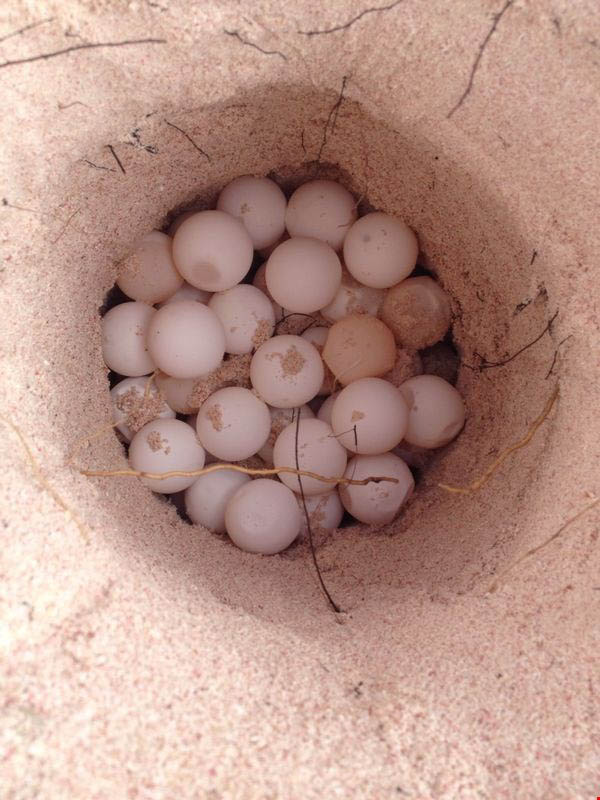The 2016 sea turtle nesting season is coming to an end, and its’s been a record-breaking year in Grand Cayman according to the Cayman Islands Department of Environment. More than 400 nests were found on 35 miles of beach in Grand Cayman, Cayman Brac, and Little Cayman. This included a record-breaking 300 nests in Grand Cayman – a dramatic comeback from 1999 when less than 30 nests were found in the first year of beach monitoring.
“There are several factors which may explain the increase in turtle nests,” explains Janice Blumenthal, DOE Research Officer. “The first is increased protection of adult turtles on nesting beaches by DoE Conservation Officers and volunteers. The second is a change in legislation in 2008 which prevented adult turtles from being caught in a legal fishery. Finally, we have seen green turtles released from the Cayman Turtle Farm in the 1980s come back to nest on our beaches. It is important to remember that each turtle lays more than one nest per season, so the number of individual turtles in the nesting population is still very small.”
Blumenthal says only green turtles are raised and released at the turtle farm, but nesting numbers have increased for both green sea turtles and loggerheads. Great news for both the DOE and the dedicated volunteers who help out. On Little Cayman, Southern Cross Club General Manager Jennifer Mills has been a turtle watch volunteer for 14 years and says community awareness has increased the number of volunteers.
“Twenty volunteers helped with the turtle watch on Little Cayman this season, more than ever before. It is a privilege to be involved and witness the project grow and develop,” said Jennifer Mills, general manager of the Southern Cross Club in Little Cayman.
“We would not be able to operate our nesting beach monitoring programme without our volunteers,” adds Blumenthal. “Across the three islands, we have more than 100 volunteers. We would like to say thank you to all of our volunteers who helped us check these beaches 4 days per week for nearly 6 months: with their help, this year we walked over 1,400 miles.”
There were several poaching incidents reported this year where adult female green turtles were taken from the beaches and a number of other attempts. So while nesting numbers have increased in the Cayman Islands, sea turtles face increasing threats. Artificial lighting from beachfront development misorients hatchlings trying to make their way to the sea and beach erosion from storms sometimes washes away nests.
Sea turtles are a beloved and instantly recognizable symbol of the Cayman Islands. Divers and snorkelers from across the world can almost certainly depend on one, or several, of the sea creatures to show up during a dive.

“Sea Turtles are one of the most requested marine life that divers want to see on a dive. We commonly see the Hawksbill turtles but are occasionally lucky enough to encounter a Green Sea turtle or even a Loggerhead,” said Divetech’s Jo Mikutowicz. “It’s always an added bonus when you can point out a turtle or two on a dive and seems to be the first thing out of diver’s mouths when they remove their regulator…’Did you see that turtle??’”
After a successful nesting season and record numbers, Jennifer Mills and other Turtle Watch volunteers, know that their work has paid off.
“This is wonderful to see and I am, as always, very happy to be a part of it,” she said.









